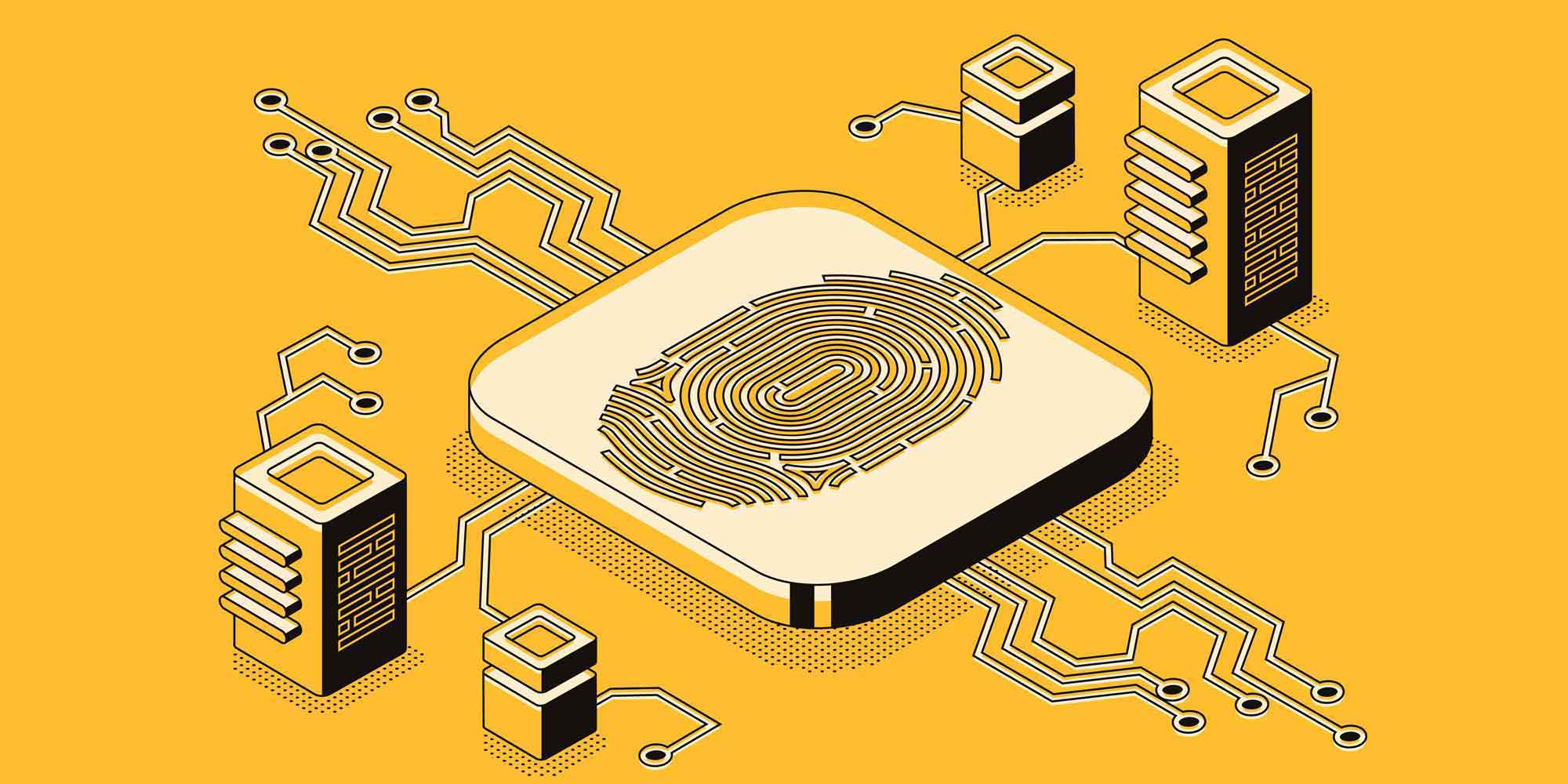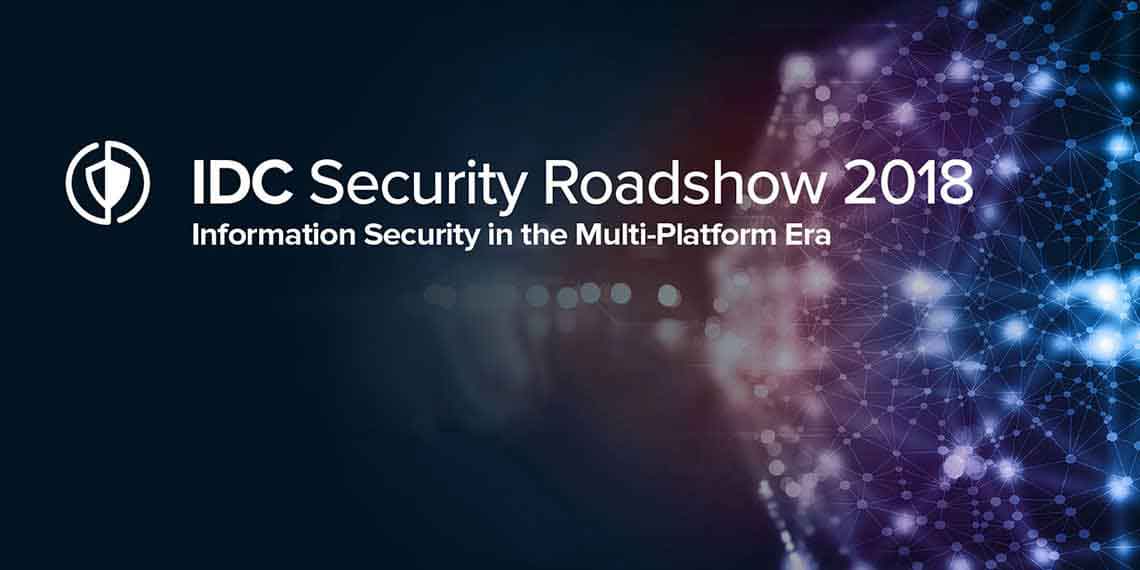
Common Cloud Security Risks
As the business world has become an integral part of the digital transformation process, we've seen a rise in the use of cloud environments. Companies resort to cloud computing services to provide continuous workflows and storage services. The rising popularity of cloud computing services also means an increase in attack statistics as well as security vulnerabilities.
Cloud security risks have become one of the most common IT issues with the business world's integration of new business models into work life. Research conducted in 2021 demonstrates that recovery from data breach incidents caused by cloud vulnerabilities costs 4,84 million dollars, including penalties charged by official institutions. Therefore, companies should be able to identify the threats against cloud security and create an effective intervention plan.
Main Cloud Security Risks
Misconfiguration in the Cloud Environment
Misconfiguration in the cloud environment is one of the most common cybersecurity risks faced by companies. Categorized under two main types, misconfiguration is usually caused by the IT team's lack of knowledge of the applications recognized by the network or the mistakes made by the DevOps and the infrastructure team during the inspection of similar incidents.
Identity and Access Management
The mistakes in identity and access management underlie cloud misconfiguration. When a user gains unauthorized access to a resource on the IT infrastructure they shouldn't, in other words, obtains a resource with unauthorized access, zero trust and the principle of least privilege should be implemented to solve the relevant issues. Adopting both of these principles as the main cybersecurity procedures for authorized access, using a third-party application that can perform identity management scans, and reviewing access requirements frequently can help you provide access security.
General Data Storage
Data vulnerability related to general data storage is caused when an S3 bucket or a SQL database is opened up for public access with read-only permission granted. It is crucial to prevent the risk of general data storage misconfiguration as much as possible to solve this issue encountered upon the misconfiguration of a resource. To be able to do this, you can use third-party tools that can scan the IT infrastructure and identify security vulnerabilities quickly, set your data storage space as default, and allow your DevOps team to monitor the code strings of infrastructure files during the use of Terraform or a different IaC framework.
Moreover, you can easily prevent misconfiguration in the cloud environment by applying the suggestions below:
- Always use HTTPS instead of HTTP, and SFTP instead of FTP,
- Restrict incoming and outcoming ports unless there is an exception for a machine on the IT network,
- Store API keys and passwords with a safe and secret key solution.
The Relationship Between Cloud Risks and Data Security
Multi-cloud distribution is one of the main factors between cloud risks and data security. The principle of distribution allows us to benefit from the advantages of the optimized cloud environments for various workflows while complicating the cloud infrastructures and their scales even further. Such complicated multi-cloud environments can expose companies to different cyber threats.
- Data protection and privacy
- Access to cloud skills
- Solution integration
- Visibility and loss of control
Issues that can arise in the implementation of these four steps can subject companies to different problems in terms of both data protection and data privacy. In fact, research shows that 57% of companies think that protecting data according to regulations is quite difficult.
Security Vulnerability Due to Lack of Encryption
Encrypting data in transit and at rest is essential. Encryption in transit prevents cyber attackers from accessing critical data while surfing through the network. Using firewalls and granting access to the IT network only via security protocols can offer the right solutions to make encryption in transit effective, which is built with security protocols such as HTTPS.
Encryption at rest, on the other hand, ensures the protection of data stored in storage space from unauthorized users. Internal threat factors with a high chance of accessing relevant storage spaces should be prevented from accessing digital assets and critical data on the IT network. For this reason, it is important to take action by adopting zero trust and the principle of least privilege at first.
Shadow IT and Cloud Security Vulnerability
Shadow IT refers to the use of a cloud environment without the request and approval of the IT team, which poses serious cybersecurity risks in terms of assets stored on the cloud. The best way to prevent this issue, which usually occurs when employees resort to alternative solutions due to insufficient internal technologies, lies in building a strong control mechanism for each situation. Keeping personnel numbers at a minimum for new tasks and identifying certain principles for the distribution phase can help prevent the occurrence of fake distributions.
The Role of Unsafe APIs
Playing an important role in the software development process of apps and websites, APIs are of great significance when it comes to reducing cyber threats and providing security. However, this requires having safe APIs. Common attacks experienced on unsafe APIs are as follows:
- Code and query injection (SQL and command injection)
- Taking advantage of access control vulnerabilities
- An old component (software library, database engine, etc.)
Using a web application firewall (WAF) that can identify code injection attacks and applying DDoS protection can help you reduce these threats.
Internal Threats and Access Security Vulnerabilities
The access management should be configured properly to prevent access security vulnerabilities driven by internal threats. It is critical to apply strong cybersecurity protocols following zero trust and the principle of least privilege and deleting the accounts of former employees. Besides, providing training on phishing attacks for employees and checking whether secure password practices are being followed can contribute to your efforts in reducing cyber risks that can arise due to internal threats.
Lack of Two-Factor Authentication
Two-factor authentication is a must to create an advanced cybersecurity network in the cloud environment. Allowing for the creation of new security steps with location, time, phone, and e-mail, this system is configured to request the person asking for access to provide single-use code verification apart from entering username and password.
PAM Helps Reduce Cloud Vulnerabilities
Privileged Access Management – PAM solutions help you to prevent security risks that can occur in the cloud environment. Having proved its success by featuring in many different reports published by independent research institutions as one of the most comprehensive PAM solutions in the world, Single Connect provides advanced data and access security, whether it is cloud or on-premise, thanks to its modular structure.
Besides providing full control over authorized access to your infrastructure and data areas, Single Connect offers the following advantages:
- Full control
- Full visibility
- 7/24 monitoring
- Recording of all user activities
- Computability
- The principle of least privilege
- Zero trust
- Modular structure
- Isolation of critical systems
- Access control
- Password control
- Database control
If you have questions about Single Connect, our PAM solution, and want to know how to integrate the Single Connect product family into your IT infrastructure, you can contact our team.
Other Blogs

As Data Security and Privacy Regulations Tighten, Governance Solutions Are Growing








